What's the difference between G1 and G2 Yega Xuefei? Classification of coffee beans in Ethiopia

We know that coffee beans are usually graded according to the actual situation of the growing country, such as Kenyan coffee, altitude, blue mountain coffee, and coffee defect rate, such as Ethiopian coffee.
Ethiopia, as the gene bank of Arabica, has a wide variety of coffee and is difficult to identify. In addition, in order to protect these unknown varieties and prevent practitioners from various countries from scrambling to obtain them, the local government decided to call them "Heirloom" as the native species. The raw beans marked with the original species look like small particles, different shapes and sizes, and a more round appearance.
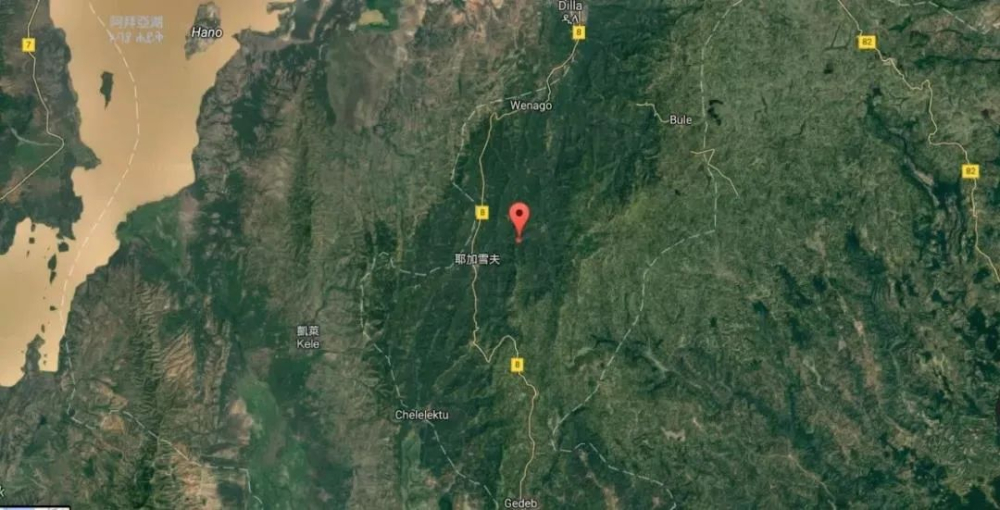
In Ethiopia, because coffee trees are mostly wild and semi-wild, you can see ripe coffee fruits in the fields, backyards and forests whenever the harvest season comes. In a coffee forest, it is common for dozens of varieties of coffee to be mixed together. Ka farmers do not take the initiative to distinguish these varieties, but harvest them in a "mixed" way, and then send the coffee fruit to a nearby processing plant for unified processing. It is precisely because of this "lax" production and harvest that Ethiopian coffee beans tend to look uneven in size and shape.
Based on the above, it is difficult to classify exports according to the size of raw beans as in Kenya, so the Ethiopian government decided to classify them according to the defect rate.
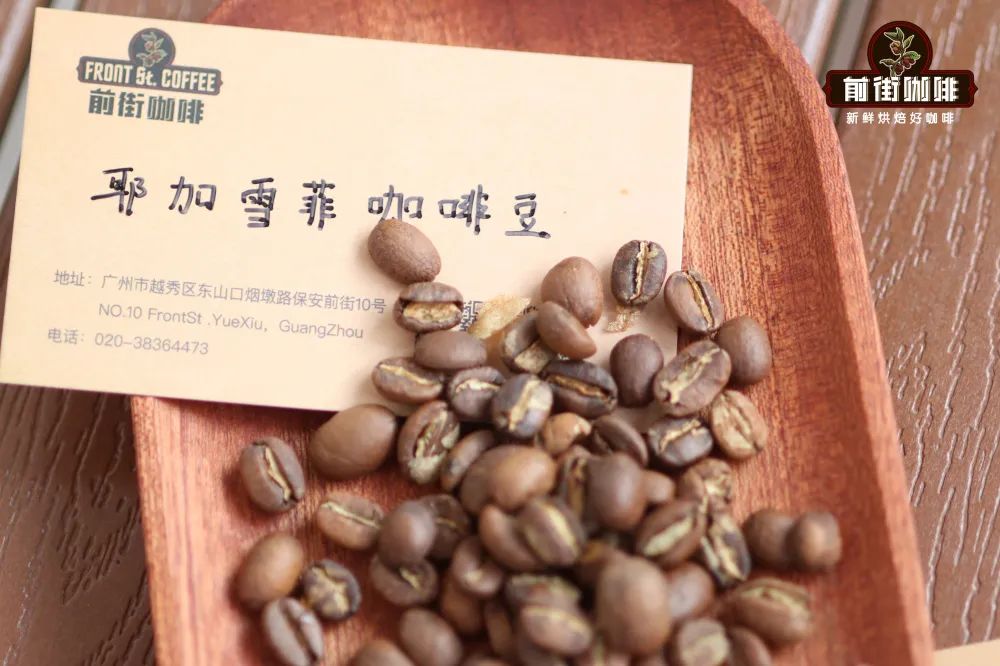
Ethiopia's old grading system (simply graded according to the defect rate of coffee beans)
Ethiopia's old grading system was simply based on the defect rate of coffee beans. Before 2009, before the emergence of the Ethiopian Mercantile Exchange (Ethiopia Commodity Exchange, referred to as ECX), Ethiopia's coffee export grades were established by the CLU department (Cupping and Liquoring Unit) of the Ministry of Agriculture, and coffee beans were divided into five levels. G1 and G2 can only be ranked by washing, and G1 and G2 can be regarded as boutique coffee. Before 2009, all the washed beans exported from Ethiopia were of G2 grade. G1 water-washed beans are very rare and are generally difficult to buy.
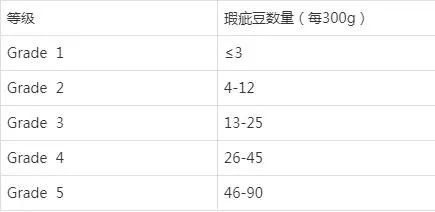
The traditional sun treatment is too rough, and every coffee farmer can do it in his own yard, which will be spread directly on the roof and the ground to dry. The rough method is easy to bring unpleasant taste, even mixed with stones, branches, etc., resulting in uneven coffee quality. In the 1970s, Ethiopia introduced washing treatment from Central and South America. Compared with the sun, water washing has one more "flotation" process, which is to remove the immature beans and sundries floating on the water surface to get more stable quality coffee, and water washing was also regarded as a more advanced treatment method at that time. At that time, only washed beans could reach the G1 or G2 level, while sun-dried beans were usually below G3.
Grade 1, that is, G1, represents the number of defective beans per 300g.
Grade 2, that is, G2', represents the number of defective beans per 300g of washed beans 4MUR 12.
New grading method of ECX (graded according to the defect rate of coffee beans and the comprehensive score of cup test)
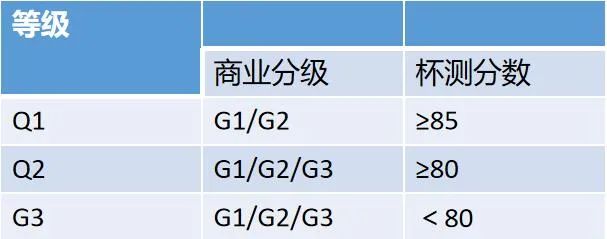
In October 2009, Ethiopia officially launched under the endorsement of the American Fine Coffee Association and the European Fine Coffee Association.
The new grading system of the Ethiopian Commodity Exchange (Ethiopian Commodity Exchange, referred to as ECX). On the basis of the original defect rate classification, it is necessary to combine the cup test score to make a comprehensive rating. Sun-dried coffee beans will not be just G3, G4, G5 grades. As long as the sun-dried beans are evaluated and supervised by ECX cup testers, high-quality sun-dried beans can also be crowned with Grade 1 and Grade 2, breaking the "convention" that there is no first and second grade of sun-dried beans for half a century. Nowadays, it is common to see batches of Ethiopian coffee beans marked with G1 and G2 grades on the market, but G3 is beginning to decrease.
ECX defines all coffees as three types according to how they are treated: sun treatment and washing treatment:
First, boutique coffee Speciality coffee: few defective beans, cup test high flavor quality; second, commercial coffee Commerical coffee: can not reach the quality grade, but higher than the domestic coffee consumption grade; third, domestic coffee Domestic coffee: more defective beans (unripe beans), out-of-season and poor storage caused by relatively poor flavor coffee.
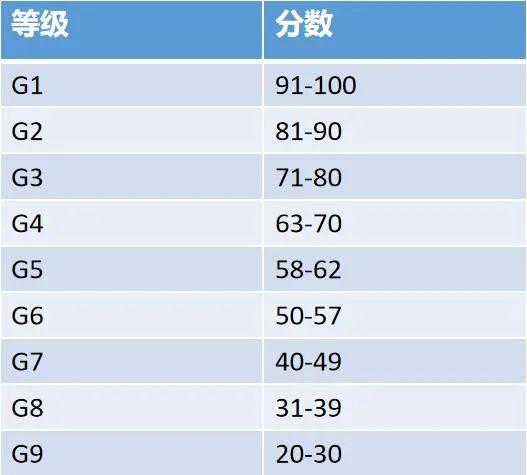
Overall summary: 1. According to the method of treatment, all coffees are classified as follows: sun exposure, washing; 2. Each scored 9 grades of G1-G9 according to physical characteristics and cup test basic quality; 3. The G1-G3 was tested again according to the SCAA standard, and the flavor properties were evaluated more carefully, and the G1 and G2 with no less than 85 points were rated as Q1; 4. Among them, the grade G2 G3 was rated as Q2 for those between 80 and 85, and the grade G3 for all G1 Magi G2 G3 with scores below 80. 5. Q1 and Q2 were classified as Specialty Grade exports. G4-G9 kept the original grade unchanged and was classified as Commercial Grade export together with G3.
What is the difference between G1 and G2 levels of water washing Yega Xuefei?

The front street here takes Yega Xuefei as an example to see how different the two grades are by observing and comparing Kochel coffee beans (G1) and washed Yejiaxefi mouth food beans (G2).
For the unbaked raw beans, the G1 raw beans are more uniform, the color is more uniform, and the defective beans are significantly less, while the G2 raw beans are somewhat uneven in size and more defective particles. From the defect rate of raw beans, G1 must be better than G2, because with fewer defects, the quality of beans will be better, and the price will naturally be higher. For example, if we buy apples of the same size and different sizes, although there is no difference in taste, we will at first glance think that the apples of the same size are more beautiful and tastier, and of course the price will be more expensive.

Qianjie takes into account that Yejia Xuefei uses shallow baking, shallow baked beans are relatively hard, and need to be boiled with higher temperature water. Qianjie uses the water temperature of V60 and 91 degrees, the degree of grinding is 80%, and the powder ratio is 1:15.
G1 washing Kochel flavor: Jasmine, bright citric acid, clear entrance, smooth black tea, low bitterness and long finish.
G2 washed Yega Chuefei flavor: White flower, lemon, citrus, tea feeling.

As the two batches belong to Yejia Xuefei, which is washed in water, and both raw and cooked beans have been selected, the taste spectrum of coffee is not too different, showing bright acidity and floral aroma. However, after direct comparison, the taste of G1 is cleaner than that of G2, and the aroma is more delicate and rich.
-END-
Important Notice :
前街咖啡 FrontStreet Coffee has moved to new addredd:
FrontStreet Coffee Address: 315,Donghua East Road,GuangZhou
Tel:020 38364473
- Prev

The tasting method of hand-brewed coffee introduces how to distinguish the aroma and flavor of coffee beans.
As the title says, a guest who doesn't drink coffee often comes to the Qianjie store. When he is holding a cup ready to taste, he suddenly stops and asks the question in the street: "Boss, how should this coffee be tasted?" Today in front of the street, I will talk to you about how to taste coffee. First of all, preference is subjective.
- Next
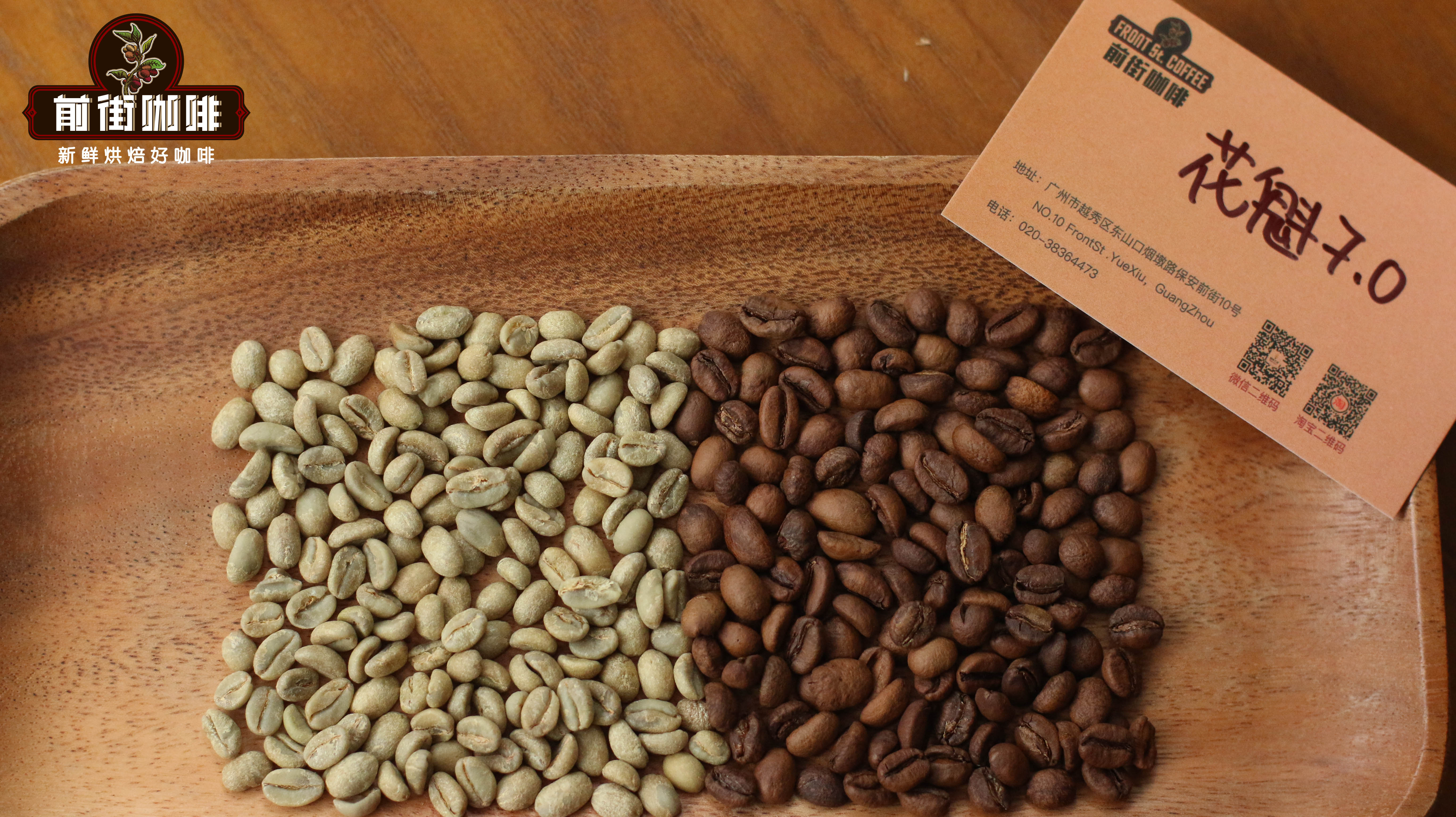
Introduction to the flavor and taste of Xidama Sun Huakui 7.0 Coffee Bean Humbela Sakui Coffee in the new season
Huakui coffee beans have been deeply concerned by domestic coffee practitioners and enthusiasts. The whole coffee circle has been discussed before the new season Sakuran coffee beans arrive in Hong Kong every year. Everyone hopes that the new year's Huakui coffee will still be as sweet as strawberries and smooth as cream. And Sakui 7.0 in the latest season
Related
- Detailed explanation of Jadeite planting Land in Panamanian Jadeite Manor introduction to the grading system of Jadeite competitive bidding, Red bid, Green bid and Rose Summer
- Story of Coffee planting in Brenka region of Costa Rica Stonehenge Manor anaerobic heavy honey treatment of flavor mouth
- What's on the barrel of Blue Mountain Coffee beans?
- Can American coffee also pull flowers? How to use hot American style to pull out a good-looking pattern?
- Can you make a cold extract with coffee beans? What is the right proportion for cold-extracted coffee formula?
- Indonesian PWN Gold Mandrine Coffee Origin Features Flavor How to Chong? Mandolin coffee is American.
- A brief introduction to the flavor characteristics of Brazilian yellow bourbon coffee beans
- What is the effect of different water quality on the flavor of cold-extracted coffee? What kind of water is best for brewing coffee?
- Why do you think of Rose Summer whenever you mention Panamanian coffee?
- Introduction to the characteristics of authentic blue mountain coffee bean producing areas? What is the CIB Coffee Authority in Jamaica?

